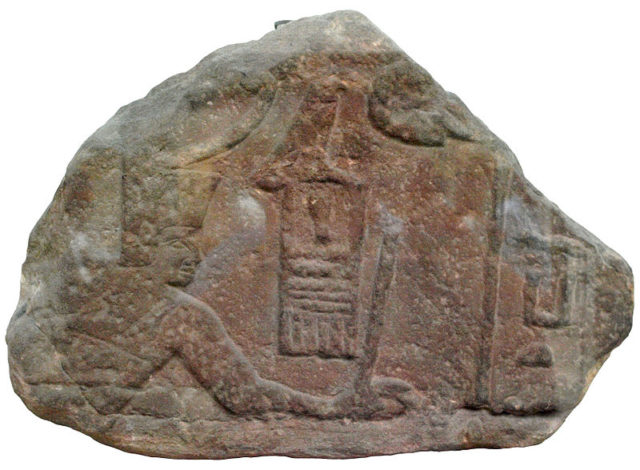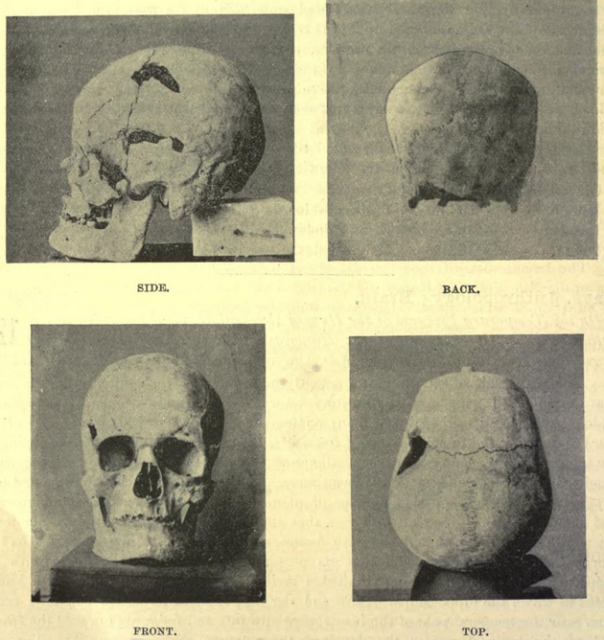Giants have a special place in our collective memory. We’ve always been surrounded by stories about these legendary beings. Since ancient times, people have spoken and written about beings taller and mightier than the average human. We have the Titans in Greek mythology, the frost and fire giants in Norse legends, and Goliath the biblical giant. When Gulliver was washed ashore in Lilliput, he was a giant in the eyes of the tiny inhabitants of the island.
But giants are not just fantasy. They have been among us since long ago, due to a condition called gigantism. In a recent study of mummies conducted by Francesco M. Galassi and Egyptologist Michael E. Habicht, a group of scientists examined a skeleton found in 1901 near Beit Khallaf in Egypt and claimed that this could be the oldest case of gigantism in the world.

Today, gigantism is a well-known medical condition that is connected with the secretion of high doses of growth hormone in the body. This can be caused by factors such as a genetic mutation or a tumor on the pituitary gland. It is not a strange thing for us to see very tall people today, but imagine the sight of a really tall man in ancient Egypt. They might well have thought he was sent by some supernatural being, especially if that tall person was the pharaoh himself.
It is believed that the giant skeleton that was recently reexamined belonged to a pharaoh from the Third Dynasty called Sanakht. Sanakht is a rather mysterious character and not much is known about his life except the fact that he was part of the later Third Dynasty of the old kingdom. What is interesting about this pharaoh, besides the debate about his true identity (the main accepted theory explains that he is actually king Nebka), is his actual mummified body, not in a historical context, but in medical.

Michael Habicht, from the University of Zurich’s Institute of Evolutionary Medicine, claims that Sanakht may be the oldest case of gigantism that we have ever found. According to his remains, Sanakht (Nebka) was 6 feet 1.6 inches tall, which is well above the average of his time (5 feet 6 inches).
Imagine him in the throne room, towering over his subjects, demonstrating his power as a ruler granted to him by some divine force. According to Habicht, Sanakht was way taller than Ramesses II (5 feet 9 inches), who until recently was considered one of the tallest Egyptian pharaohs.
The first theory that comes to mind is that Sanakht, as a pharaoh, was better fed and lived in better conditions than the rest, but this can’t explain the overgrown bones in his body, which according to the team of scientists is a clear sign of gigantism.

We don’t know much about stereotypes in ancient Egypt, but from the gathered evidence it is noticeable that shorter people were more commonly in positions of power. This, on the other hand, doesn’t mean that they had something against tall people. The fact that Sanakht was chosen as a pharaoh and buried in an elite tomb tells us that height wasn’t a huge issue in ancient Egypt. So maybe Sanakht wasn’t seen as a mighty human being.
Whatever the case may be, the giant pharaoh is certainly of interest for modern medicine. Here we can see the importance of different scientific disciplines working with one another. In many cases, history and archaeology hold the key for understanding something that is bothering us in modern days.

Michael Habicht told Live Science magazine that studying the evolution of diseases through centuries is of great importance for modern medicine. If we observe the way a disease evolves or devolves, we can learn something that can help us find a cure for it.
Sciences are becoming more and more interdisciplinary, so maybe in the future, ancient pharaohs and stories about giants will have more to do with medicine than history.
